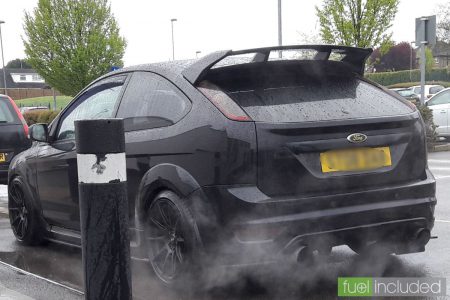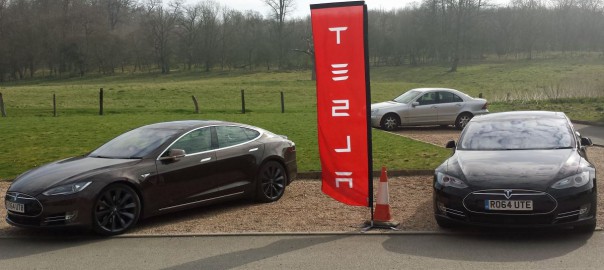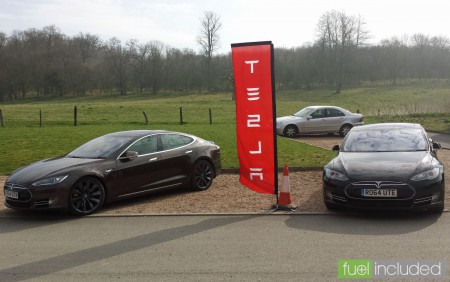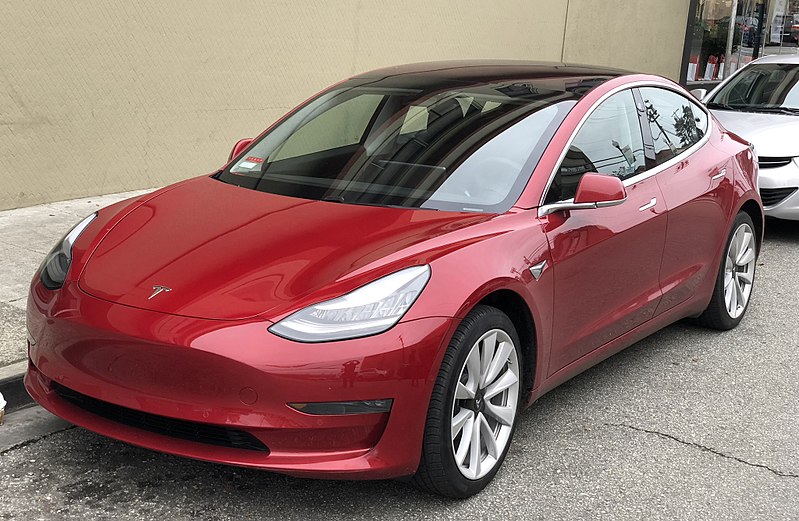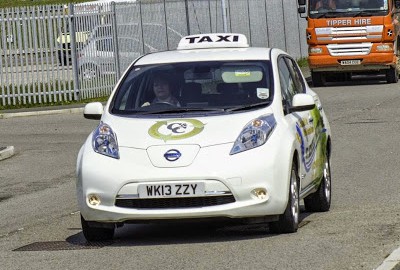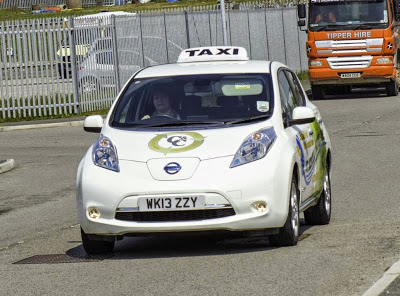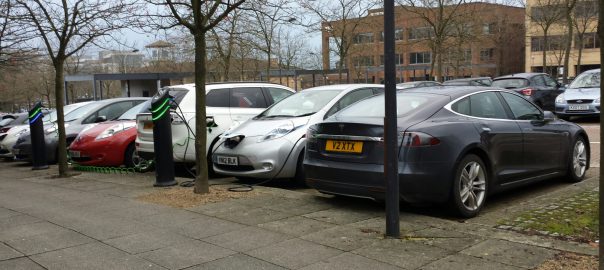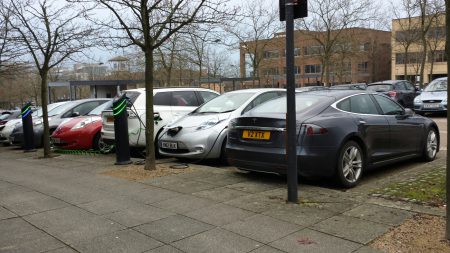SWARCO eVolt, the nationwide supplier of electric vehicle (EV) charging points, has launched SWARCO E.Connect, an EV Recharging network for eVolt and third party-manufactured charging stations across the UK and Europe.
The location and live status of all charging points can be viewed online or via a dedicated App on the automated live-map, while a journey planner feature gives drivers the opportunity to carefully plan their route and identify the available charging points on the way, should they need to stop and recharge.
EV drivers can join SWARCO E.Connect for free online or via the mobile app store, with no connection fees for charging their EV at any of the charge points across the network in the UK and Europe. For those who do not wish to, or are unable to access the app, an RFID access card can be purchased for a one-off cost of £10; subscribers simply need to tap their card on the reader on the charger unit to connect their account.

For charge point owners, SWARCO E.Connect can be integrated into existing parking management systems and can also incorporate fault management processes so that any historic, technical issues with the charge points can be viewed. Advanced reporting tools including environmental impact statistics, such as comparative national data on carbon emissions, can be accessed via the online portal. Automated usage statistics are delivered in a weekly report.
SWARCO E.Connect is compatible with all charge point manufacturers and service companies to ensure the most efficient uptime across the network, with all faults being reported immediately and not requiring manual intervention. It can also be integrated with other SWARCO products and services.
Justin Meyer, General Manager at SWARCO eVolt, says SWARCO E.Connect offers significant benefits to both EV drivers and charge point owners: “The advanced reporting tools available will give owners accurate and insightful data on the environmental impact of the charging points.”
“E.Connect is unique in the sense that EV drivers can join, access the network and charge their vehicle completely free of charge. We are committed to lowering emissions providing reliable and high-quality charging infrastructure across the UK, Europe and beyond.”
SWARCO E.Connect also operates a 24/7 365 days a year helpline for drivers and charge point owners to ensure that any issues can be addressed efficiently and effectively.
Source: Gravity London PR




